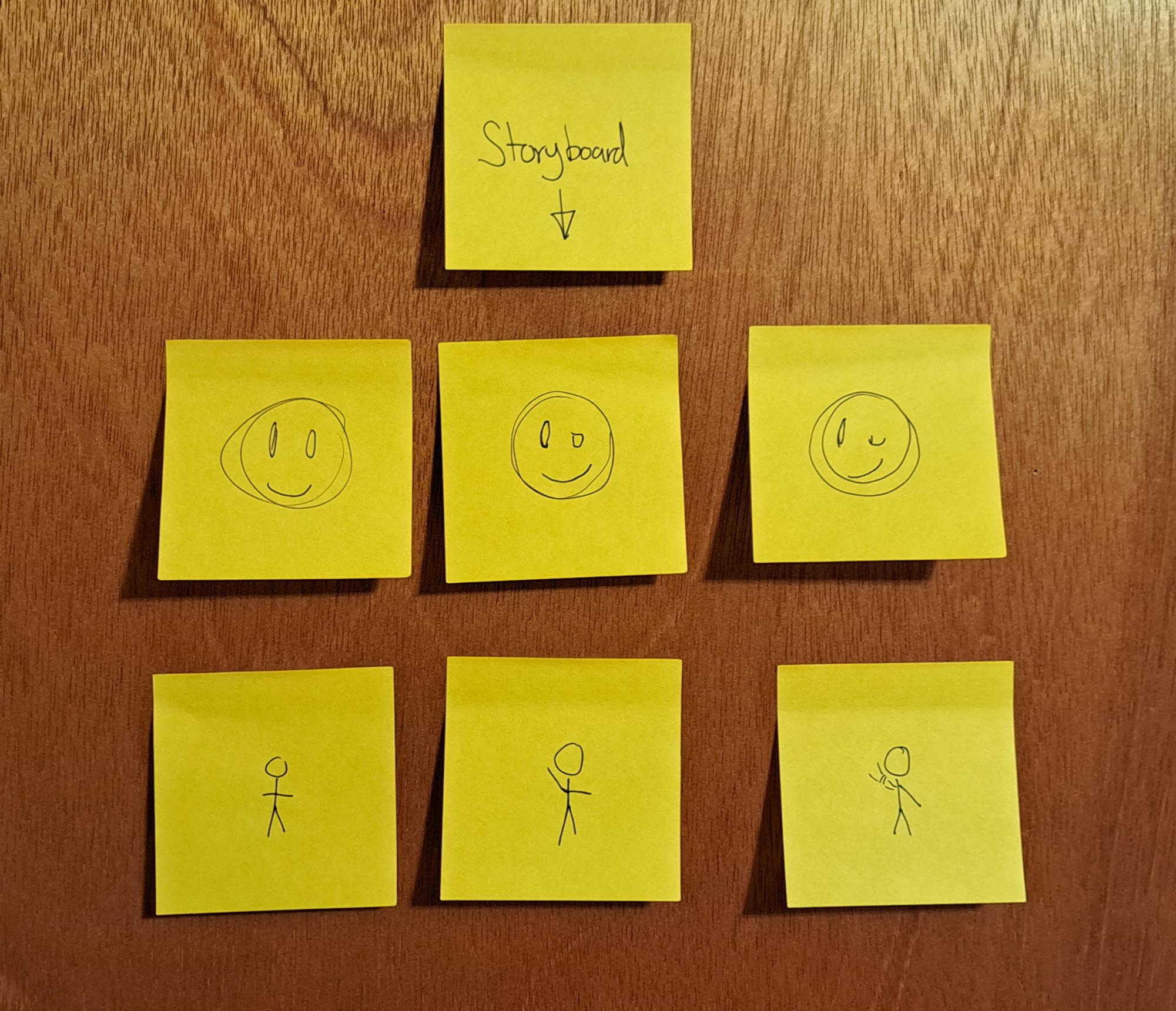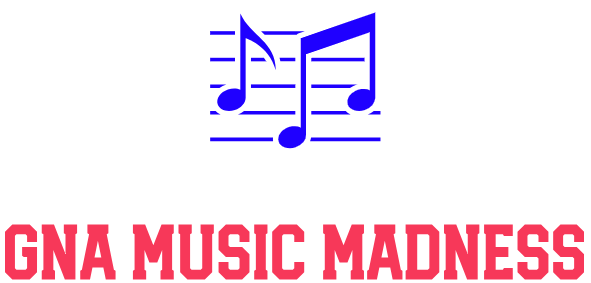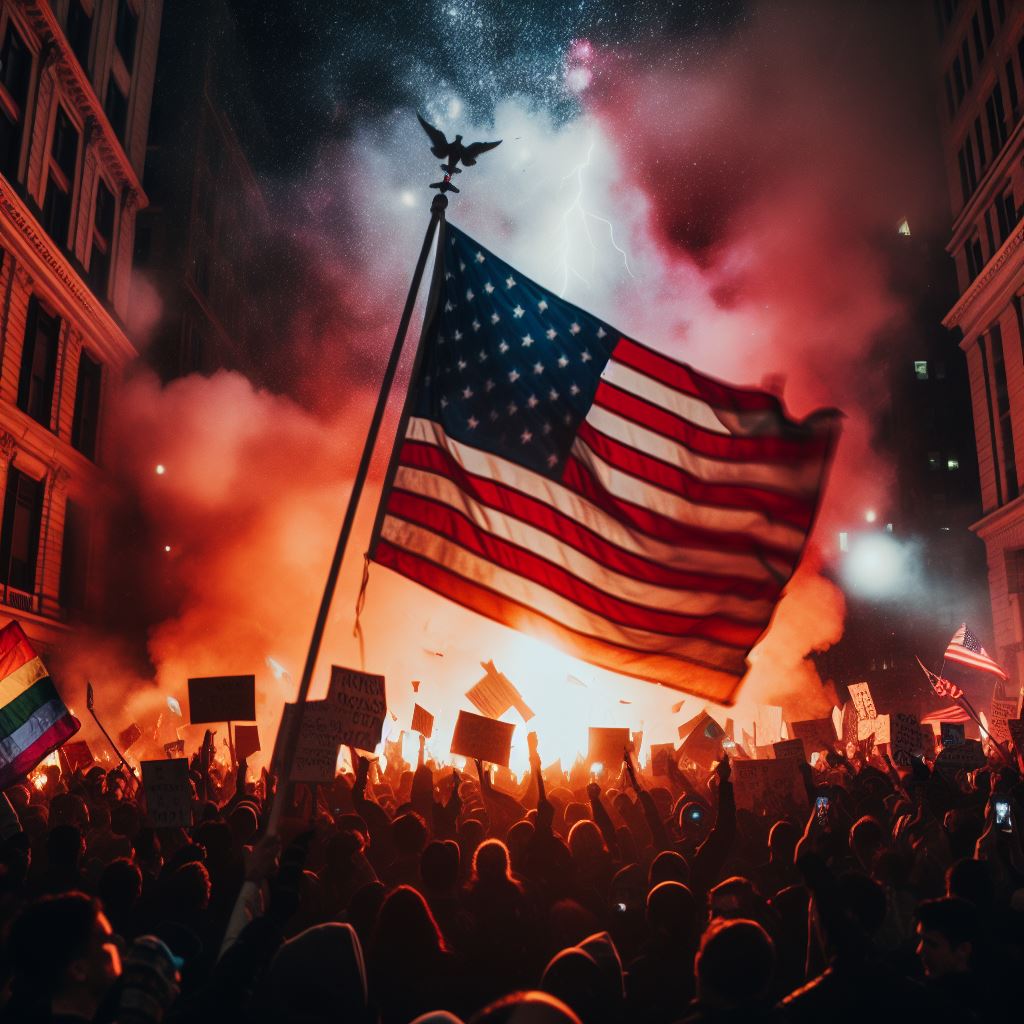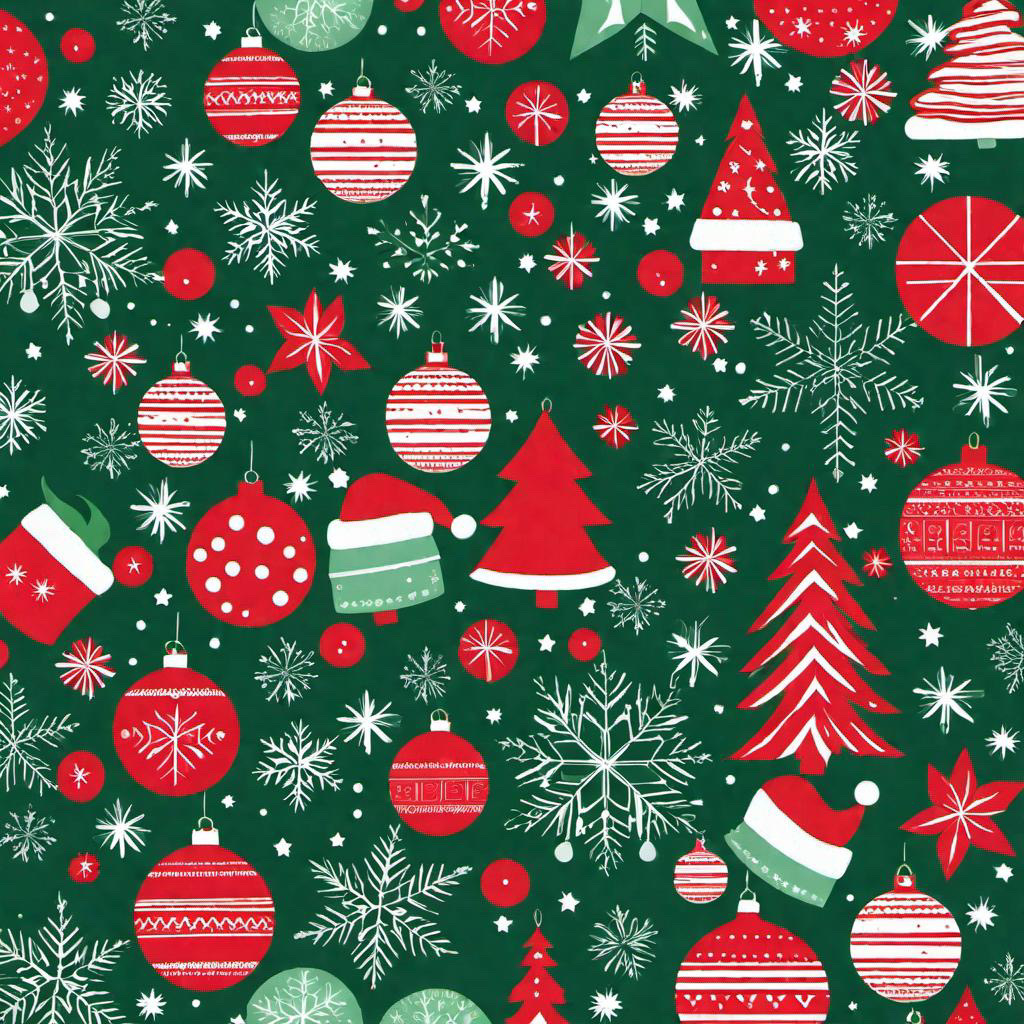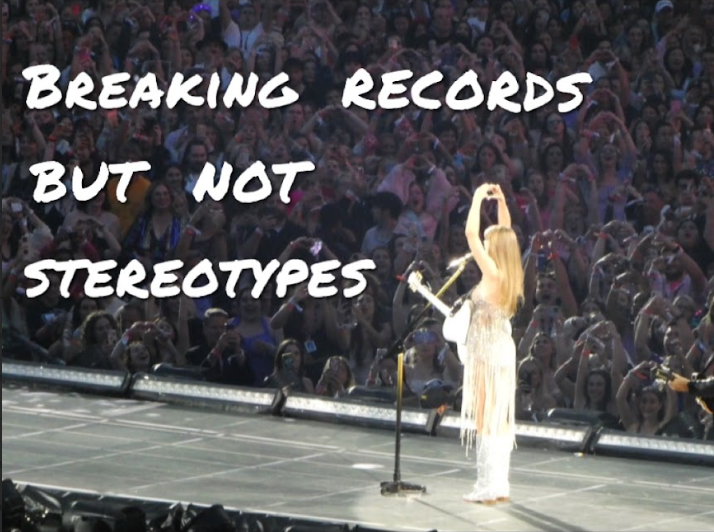Animation is a very popular form of media that can be stylized and bent to the will of the animators; it is a skill that takes long to develop and years of practice to perfect.
Recently, it seems there has been a surge of people turning away from animation, claiming it to be juvenile or boring. It doesn’t help that some larger animation companies appear to be betraying the very art form that brought them to popularity by now creating what people perceive as “half-finished or lazy.” Instead of developing new stories or creating stylized art, many now turn to retelling the same stories but with a more “live-action” look. I believe that animation is a very important form of media to understand, and to understand it we must first look at the history of animation.
Animation has been around for a long time, with the first stop-motion film being started in 1907 and finished in 1908 by French artist Émile Cohl. The artist titled this transformative film “Fantasmagorie ” which consisted of about 700 hand-drawn frames and lasted for about two minutes in total. Despite this, however, many people would credit the first animation being Stuart Blackton’s “The Enchanted Drawing” in 1900, which used methods similar to stop motion to help create the illusion of moving.
Over the next few years from the early 1910s to late 1920s, animation had continued to gradually become more and more common, with about nineteen more having been published. During this time, one of the most notorious animation studios ever released their mascot.
“Plane Crazy” was the name of the first animation produced by Walt Disney containing the signature character Mickey Mouse. It was a silent film published in 1928. That same year, Disney also produced a short by the name “Steamboat Willie,” also containing Mickey. Many people credit this short film as being the first animated cartoon with sound, however, the actual first cartoon with sound was produced by Fleischer Studios in 1926. The film was called “My Old Kentucky Home” and it was an around seven-minute-long video depicting racist stereotypes.
Animation over the next few years continued on the rise, with many of them having a similar style of character that had bendy long arms and legs that didn’t seem to follow the laws of anatomy entirely. This style of animation is called rubber hose animation, which was also popularized by Fleischer Studios and often shown in their cartoons such as Popeye and Betty Boop, both shows were incredibly influential.
In the year 1930, the first animated film with color came out. The short was shot and directed by the notorious Ub Iwerks, who had recently departed from Disney. The short was called Fiddlesticks and featured a character named Flip the Frog.
1937 rolled along and with that year, so did the first feature-length animated musical, Snow White. It was an adapted fairy tale originally written by The Brothers Grimm then rewritten and animated by Disney. It was also the first animated film to use cel animation, which is a traditional form of animation that involves drawing objects or characters on clear sheets and moving them over painted backgrounds. Cel animation was very successful and continued being used until the early 1990s when people started to figure out digital animation.
In 1986, Pixar was founded, and in 1995 they produced the first animated movie that had been made entirely with computers. Toy Story was revolutionary for animation studios. There were only been 27 animators on the small team of 110 people who worked tirelessly to create this movie, and from then on animation was changed.
2001 was a big year for animation as well, with two more films that would change the way animation was perceived coming out. Spirited Away was a beautifully animated movie produced by Studio Ghilbi that showed how artistic animation could be. With winding colors and a famously known style, this was one of their movies that really helped bring the studio to stardom.
Even more than that, a movie that really changed things for animation in 2001 was the comedy classic Shrek, which at the time was deemed to have very realistic visuals compared to everything else they had seen at the time. It also was made popular by its sense of humor, with it being a bit darker and poking fun at other popular animated movies. It was from this point on animation continued into what it is today.
Now that the retrospective part is out of the way, I think it is time to talk about why I personally believe animation is an important media and art form that should be taken seriously.
Animation is incredibly hard to do. You need not only the artistic ability that takes years upon years of developing but also to be able to understand the basic fundamentals of things such as how clothes move, how gravity pulls things down, different ways people walk, etc. To be able to animate is to be able to dedicate years of yourself to your passions.
Animation at its core is important because some stories cannot be told without it. The slapstick comedy for example in things such as The RoadRunner Show or Tom and Jerry cannot be replicated or shown to the extent it is shown anywhere else. The colors that fly in the wind in Pocahontas draw you in, and fantastical settings in other movies such as Treasure Planet aren’t as easy to recreate as live-action. To be able to understand the beauty in art while watching a film only enhances the experience, I think.
Animation has been around for so long, and watching it gradually lose its appeal to so many people is devastating, yes, but there are promising projects around the corner that I am sure will show how wonderful of a thing it can be.




